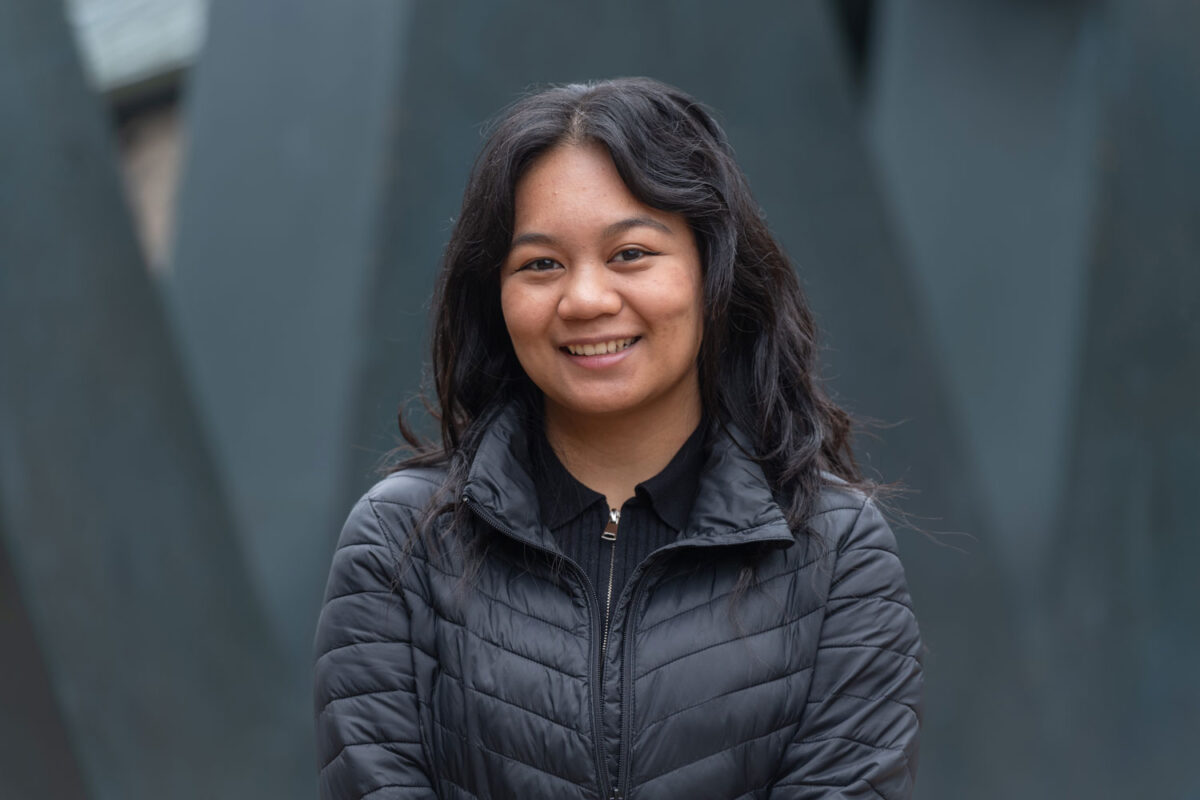Gavin Doyle, lecturer in the School of Interdisciplinary Arts & Sciences, isn’t a typical college professor. He avoids lecturing students or simply giving them information. Instead, he gives them experiences — and with that, the power to seek information themselves.
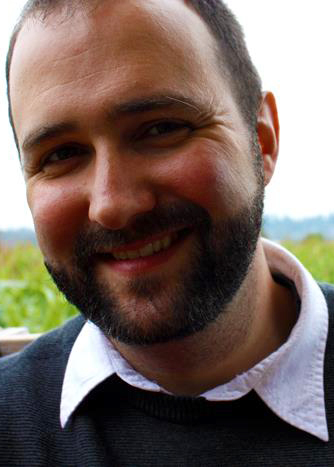
In his Discovery Core class, The Art of the Myth, students undergo a quest to learn about the “hero’s journey,” which Doyle explained is a common template for stories that involve a hero who goes on an adventure, is victorious in a decisive crisis and comes home changed or transformed.
“When I was thinking about teaching this section of the class, I thought wow, this section is going to be really boring,” Doyle said. “There are 17 steps you have to go through in the Hero’s Journey and to sit through all of that would be painful. So, I decided to get them engaged with the material and make them heroes by sending them on quests.”
Call to adventure
The first step of the hero’s journey is the call to adventure. In groups of three, students in the spring 2022 session were given a gibberish phrase that they had to decipher using a code. Once translated, the phrase sent them to a blog post that held a cryptic poem pointing them to a location on campus.
Clue number one: A rocky nook to read a book / Like Gattacca with mossy page / And UW, too, does hide it well / Sheltered by the garbage smell / A theater with a boulder stage.
For those wondering what on earth that means, the students were thinking the same thing, too. “We read it over at least 10 times,” said first-year student Amy Lin. “We thought the reference to reading a book might be the Campus Library, but then we thought the ‘UW, too’ could mean the UW2 building.”
Despite the clue, the students didn’t really have one — but Doyle said that is par for the course. “Part of the hero’s journey is facing challenges; if these clues were easy, it would negate the lesson,” he said. “Figuring it out means working together and forming allies, another essential component of the journey.”
That is exactly what the students did. They put their heads together and devised a plan, or more accurately, quite a few.
Trickster god — and professor
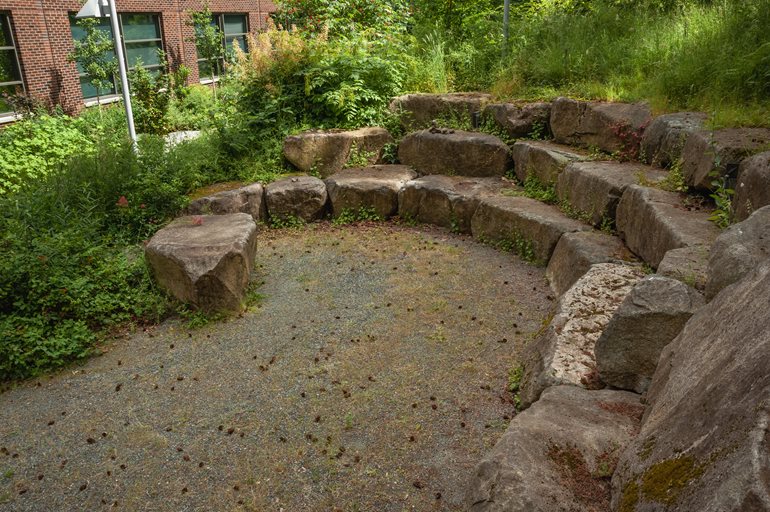
It was their fourth plan that proved successful. They found their next clue, which was in fact at UW2, or Commons Hall. There is an amphitheater that has a big boulder for a stage, located behind two trash dumpsters. Between several other boulders is a metal art installation that has books, including one titled, “Gattacca.”
Underneath that book was a hide-a-key rock that, when opened, revealed the next clue: A metal nest outside of thought / With frozen plants of iron wrought / Within the reeds where fire stole / You’ll find the hidden secret scroll.
This clue played off the class material, as students had recently read a creation myth about Prometheus, an ancient Greek god, who rained fire from heaven in a bundle of reeds. Doyle explained, “The story goes that Prometheus tricked Zeus by making the god of the sky eat bones and fat instead of the best meat during a meal at Mt. Olympus.
“Zeus was angry and took away fire so that man would have to eat his meat raw. Prometheus then stole the fire, hiding it in a reed, and gave it back to humanity.”
The moral of the story, Doyle explained, is that when Prometheus stole fire from the gods, there were unintended consequences. “He thought by bringing humans a tool, he would make their lives better in every sense,” he said. “But powerful technology must be used responsibly. Giving humans fire also meant giving humans a moral choice: to use the tool for good or for evil.”
The obstacles
First-year student Hadi Chohan said he knew instantly that the poem was a reference to the myth. “I remembered because that one was my favorite myths we studied,” he said. “And it was fresh in my mind because we had just discussed it the week before.”
He also knew from the phrase “frozen plants of iron wrought” that it was located at Food for Thought and found the clue in one of the reeds in under 10 minutes. “It was definitely the easiest one,” he said.
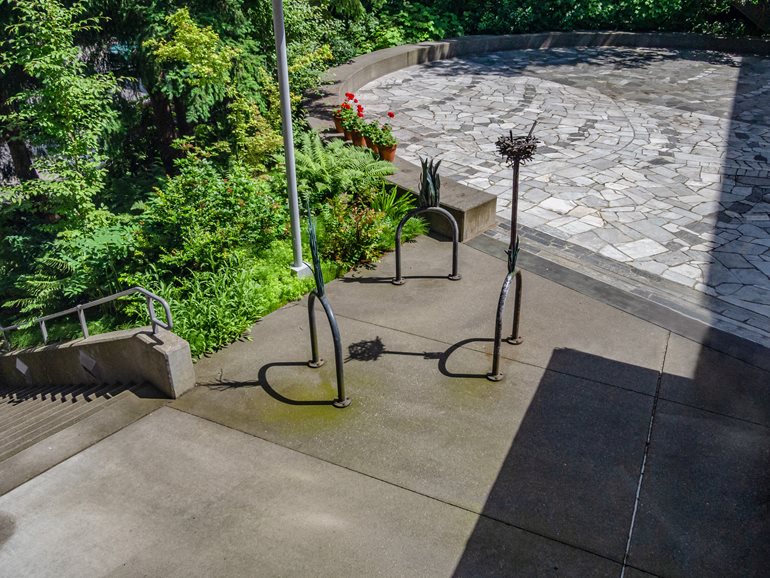
The next clue read: The answer to life, the universe and all / Is found above a parking stall / Beware of pot holes in the way / Red means go and green means stay.
This, too, was a reference to the curriculum, specifically to Douglas Adams’ central joke in “The Hitchhiker’s Guide to the Galaxy” when he wrote that “the answer to the ultimate question of life, the universe and everything, is 42.”
Doyle said that the joke has since become something of a myth as people have spent years and undergone massive efforts trying to ascribe a deep, symbolic significance to the number and its occurrences. “The students were really intrigued by this so I figured they would remember, and I hid the last clue in the parking garage in stall number 420.”
The wise mentor
He may have been a bit too optimistic, though, because the students were initially stumped. Doyle thought this might happen as many heroes face challenges in pursuit of their quest, so he took on the role of the wise mentor and allowed the students to call on him for hints — but only when necessary.
“This one was the hardest,” Chohan said, “but the challenge made it more realistic. I felt like I really was a hero on a journey, and this was my major obstacle to overcome. After about 30 minutes though, I decided it was time to ask for help.”
He reached out to Doyle, the wise mentor, for a hint and shortly after found the clue in the parking stall.
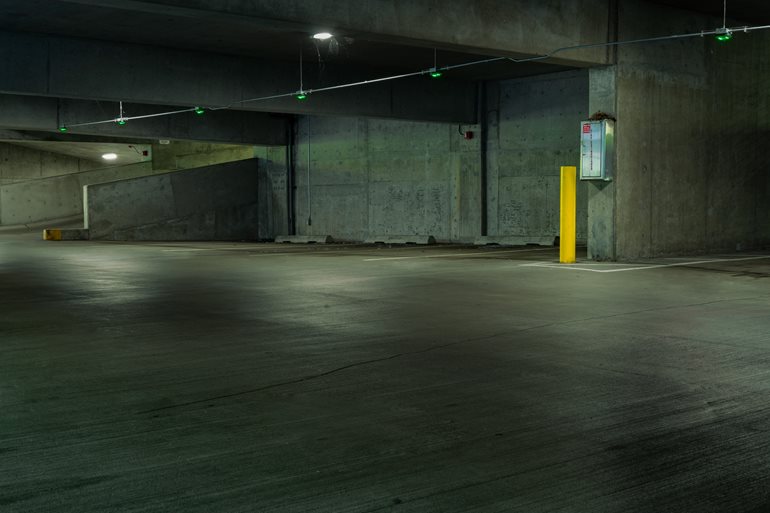
Once the students completed the entire cycle of clues and made their way back to their starting location, they earned a copy of the study guide for the final exam.
The apotheosis
“Mythologically speaking,” Doyle said, “they came back to the known world with wisdom and experience gained through their quest, as is typical of the hero’s journey.”
The students also learned about the campus and its myriad resources. There were multiple different teams of students who all received different clues. Among the hidden locations were the Writing & Communication Center, Quantitative Skills Center and the library.
“I loved just walking around, finding good places to have lunch or go on a walk and get to know the campus better,” Lin said.
The introduction to the campus paired nicely with the goals of the Discovery Core series which aims to help first-year students acclimate to University life. “Not only did the quest help the students get familiar with their surroundings, but it also helped them get acquainted with each other,” Doyle said. “They got to have fun with their peers outside of the classroom and start building those friendships.”
The reward
Chohan said the quest was the most fun he has ever had in a classroom. “I was so used to sitting through lectures that I forgot about how fun learning can be,” he said. “From this class, I have learned so much — about myths, about the campus and about my peers.
“It has been the highlight of my college experience so far.”
The clues are still in place, and Doyle invites readers to go on their own hero’s journey by searching for them on campus. Begin with the first clue in the story and follow it to the end, and enjoy learning about the UW Bothell campus along the way.


